Would you pay to get lost as a castaway in Papua New Guinea?
Ready to strip himself of anything, and everything, remotely connected to the 21st century, Safi Thind travels to a derelict island for five days, and uncovers more secrets – and ghosts – than he bargained for

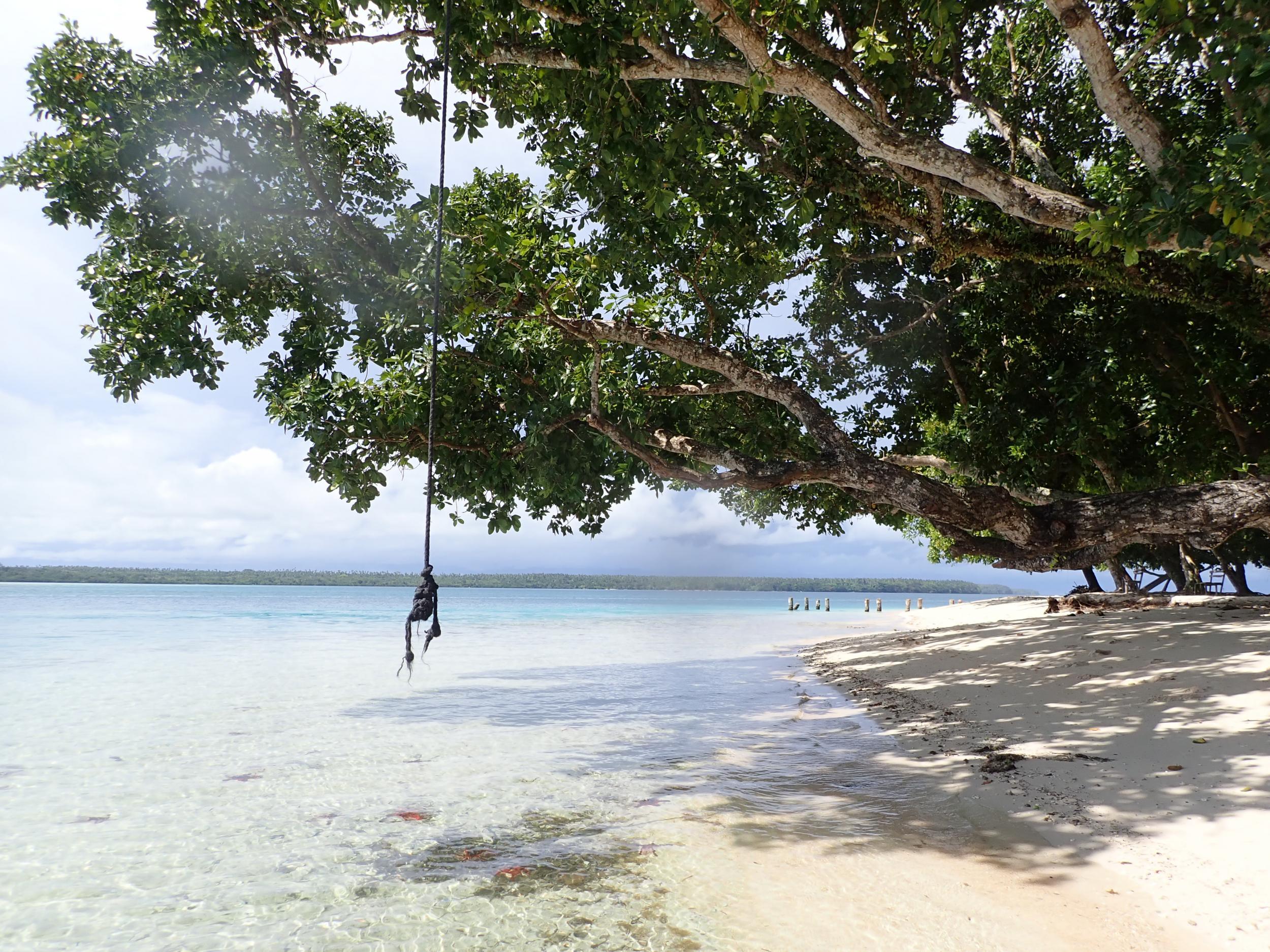
Palm fronds bending in the breeze. The sun beating down. No one around for miles. We all have our desert island fantasies. How might you fare marooned on a strange land? Could you fend for yourself? In the spirit of Robinson Crusoe, I’ve decided to spend five days castaway on an uninhabited island in the south Pacific. The place is Kabakon, one of Papua New Guinea’s 13 Duke of York islands, 800km east of the capital Port Moresby. It is owned by the tribe who live on the neighbouring island of Karawara, who use it as their garden.
A hotel on the mainland sets up the basics for me but, to all extents and purposes, it is a term of solitary confinement. Just me and my flimsy penknife. Bouncing over the waves to the island, we pass the steaming volcano Tavurvur, a startling reminder that I’m slap bang on the Pacific ring of fire. Then we run into a pod of frolicking dolphins, which skip along with the boat like they’re old friends. It’s a cheery omen for the adventure ahead.
After about 45 minutes, Kabakon heaves into view.
The island is 80 hectares of white sand, fringed with palms and blue water, and is as close to a paradisiacal idyll as I have ever seen. There’s no luxury here. I’m staying in a two-roomed shack with a mattress on the floor, mosquito net, and some chairs and a table on the veranda. The hotel has provided basic food – bread, dried noodles, fruit and a few tins. There’s no wifi or TV; no signs of digital life. Nothing to tie me to the world outside.
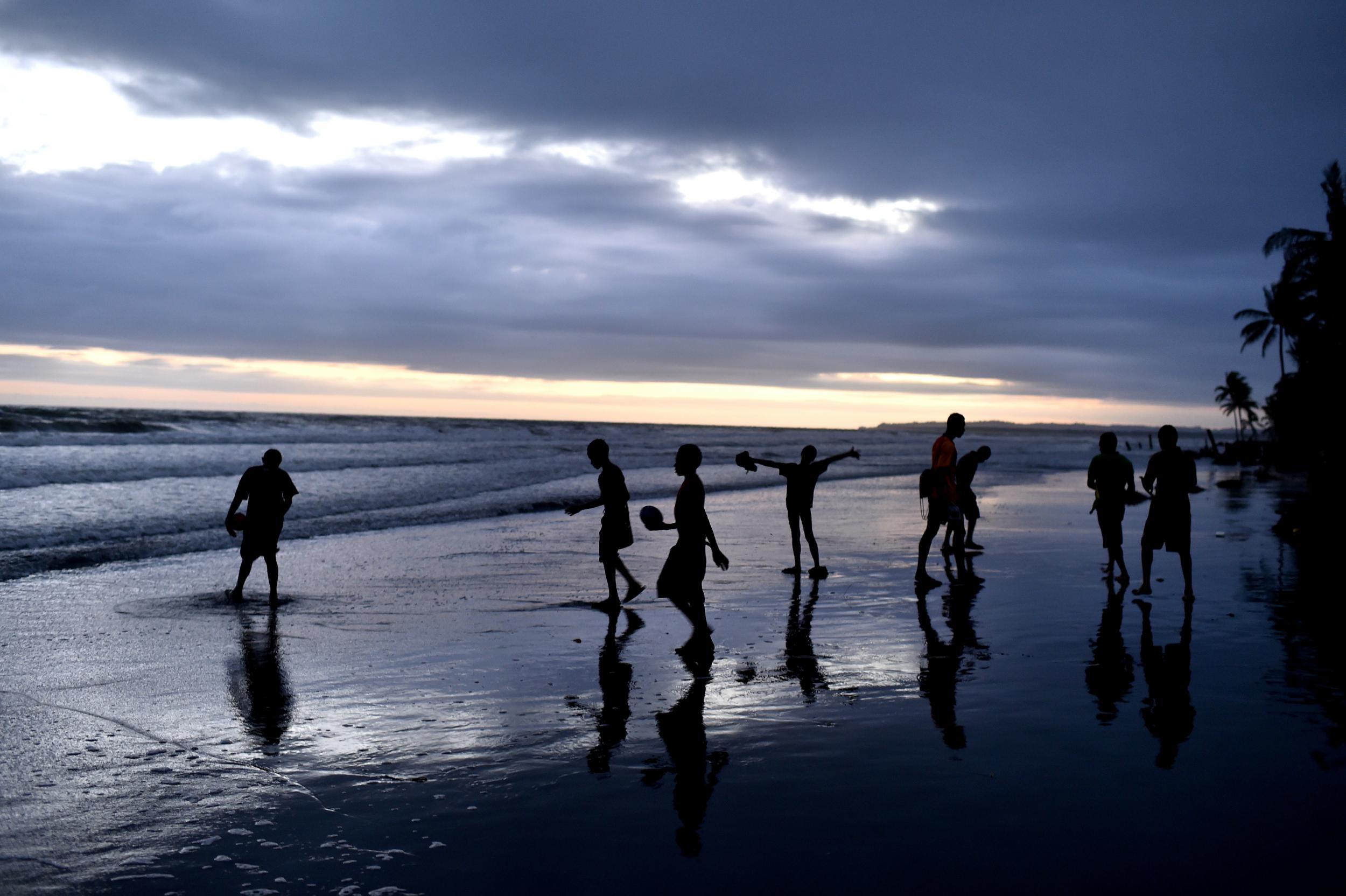
Showing me the ropes is Corey Eron, councillor of Karawara, and the brainchild of the trip. He wants to encourage tourism to the island to help the village economy. He is an idealist but practical with it and charismatic to boot. His dreads shake with mirth as his infectious laughter punctuates the conversation. You can see why the islanders hold him in high regard, voting him their council representative every year for the past seven. He’ll keep me company some of the time but I’ve told him I need to do this alone.
My first task is to explore the island. My shack faces Karawara in the east with the mountains of New Ireland shimmering dimly in the distance. The side I’m on is beach and sand while the other is tall rocky cliffs that block the battering encroachment of the sea. Inland is thick vegetation and the Karawaran garden. I determine to walk around the island, which should take two to three hours… probably.
A guy stops on the path and pulls out some betel nuts and lime powder from his bag, which I chew, turning my lips red. I’m invited to eat taro (root) and freshly cooked fish stew. And I’m offered homebrew
Kabakon is filled with curious life. Blue and red starfish and sea cucumbers bask in the water, little darting fish weave between your toes. Inland, there are red-beaked parrots, multicoloured lizards and black and white willie wagtail birds with their absurd rear-end movement like they’re doing the twist. The plant life is equally fascinating. Spiky pandanus palms and coconuts dominate but there is also a single huge banyan tree, the tallest on the island and for miles around, with roots hanging like thick dark ropes from the trunk. As I’m walking along, I come across a sudden bloom of colourful flowers and weeping willow trees, which seem incongruous in their surroundings.
In fact, this is part of Kabakon’s strange history. In 1902, the island was bought by one August Engelhardt, a 26-year-old German, who was looking for somewhere to develop his utopian philosophy based on principles of sun worship and cocovorism – the notion that eating nothing but coconuts is key to solving man’s physical ailments. He’d come into a substantial inheritance and purchased Kabakon for his new Eden.
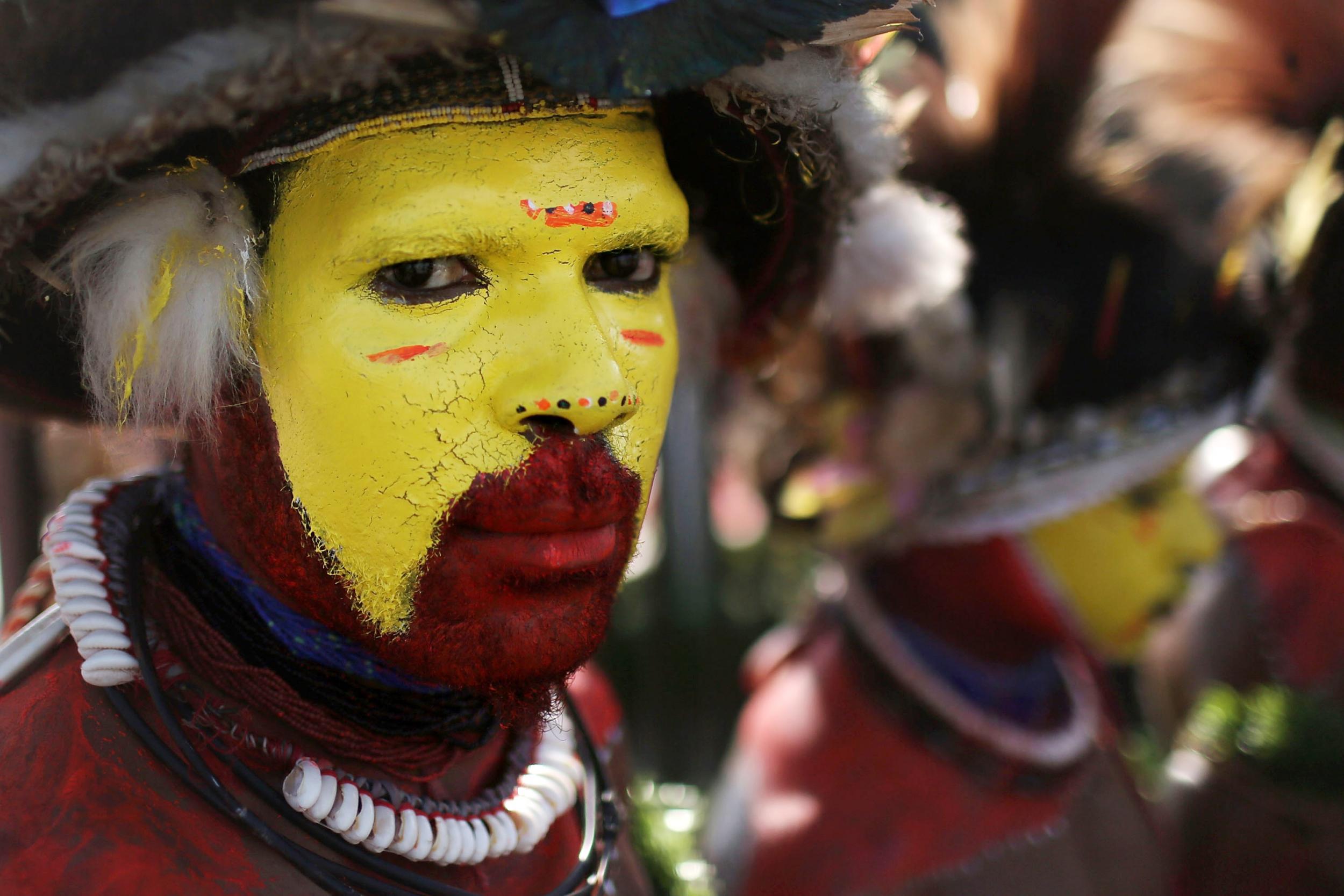
The first few years were idyllic. Engelhardt established a coconut plantation and called his followers to join him in this brave new world. They called themselves Sonnenorden and practised sun worship and nudity and lived off coconuts. But it didn’t last. The alien living conditions took their toll and several died. Others turned their back on him. Engelhardt was eventually left alone, was gripped by malaria and went insane. He died aged 46 and was rumoured to have been buried on the neighbouring island of Mioko, though his grave was never found.
The ghost of this eccentric man occupies me as I weave my way around the island, but progress is hard. The vegetation is thick and my path is blocked by tall plants draped in spiderwebs, while the cliffs prevent me walking along the water. Eventually, I decide to turn inland, where I stumble upon the village plantations.
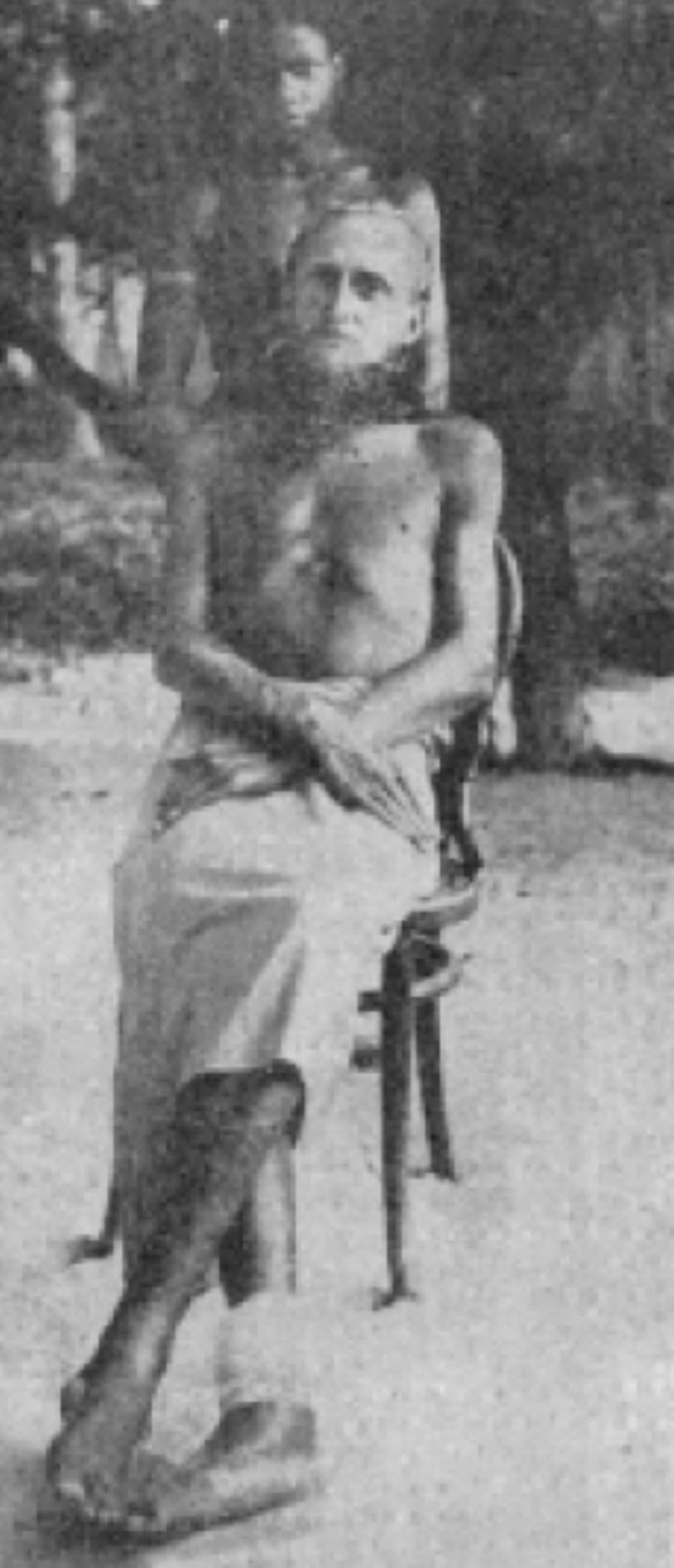
The island garden is a beautiful sight. Immaculately tended plots of banana and coconut trees mixed with yams, peanuts and all kinds of tropical fruit. It looks, indeed, very Edenic. But I’ve now no idea where I am or how to get back. Even as I’m thinking that I might be stuck a young face appears from the undergrowth.
“The beach path?” he asks.
“Yes,” I say sheepishly, trying to excuse my intrusion and wondering if I have trampled on his hard work.
He gestures me to follow, then asks if I’d like to eat some singapo. Unsure what it is, I say yes – in for a penny, in for a pound. He takes me up a different path where we come upon a group of boys cooking yams on a fire. One offers me the singapo: “Crunchy,” he says, while another asks if I want a kulao (green coconut). I nod and he immediately leaps on to the base of a 30ft-coconut tree and starts shimmying up using no more than a leaf harness hooked round his feet. In a flash, he’s up there hacking down coconuts, suspended upside down with one hand. Madness, I think, and eat the purple, smoked yam and drink water fresh from the coconut with a new appreciation.
The islanders are quick with humour and generous to a fault. It’s one of my first lessons about the Karawaran people. Language might be an issue but communication is easy; they are charming.
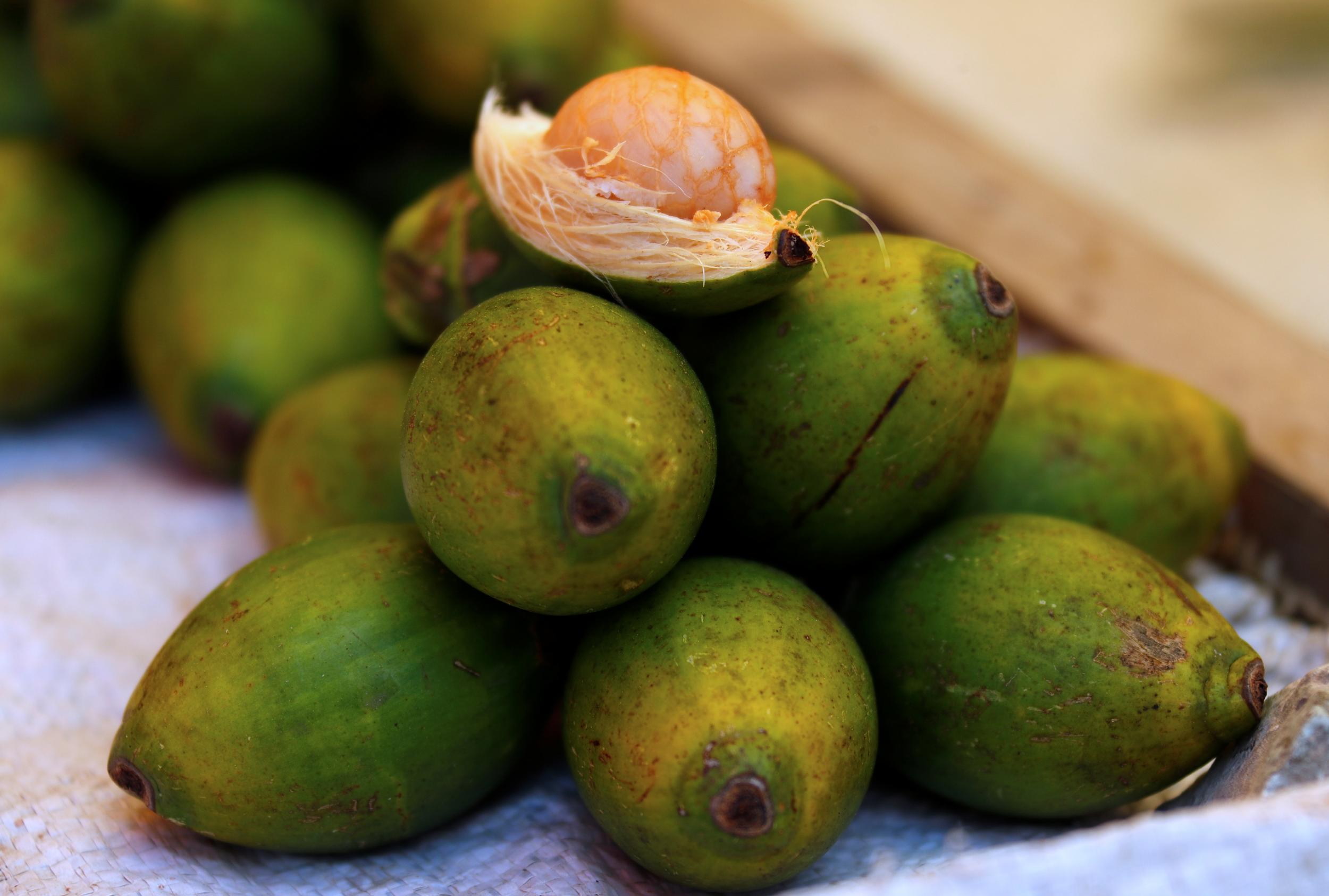
Later I chat with Corey about life here. It looks like paradise but living isn’t easy. The relentless march of modernity is inescapable. Customs are being eroded. The islanders used to trade exclusively with shell money (kina) but that is dying off as notes and coin currency become de facto. With coconuts and fish, the island’s only two money earners, it is harder to buy things.
Corey says they are lucky to have the garden island, which provides them with food. But for everything else, they need money. Better medicine, for example – seven people died of malaria last year. Or school equipment, and clothes. The PNG government is well-intentioned but notoriously poor in execution. The country draws explorers and anthropologists to the fascination of a land that has over 800 languages, wild and ancient tribes and customs, some that seem truly outlandish and brutal to us. Yet the real trouble here is not the ancient customs but modern governmental mismanagement, which is unlikely to change soon.
Corey’s grandmother once tasted human flesh. She told of how the tribe caught a man, tied him up, removed his eyes and turned his head around, then kept him by the fire still alive for three days while they collected sweet potatoes until finally he was thrown in
Collapsed on my mattress, I’m ready to sleep but the night brings strange noises and even stranger visitors. Things come hissing and creeping into my feverish mind. It seems to take hours until finally, hot and sweaty, I’m soothed by the sounds of the tropical rain that thrums on the thatched roof and fall into a deep slumber.
In the morning I find the table covered in delicate ant wings, their bodies seared off by the lamp I left lit overnight. It is something of a symbolic sacrifice.
Waking on the second day there is a pull for the familiar. The desire for something you know, because you’re stuck here in these unfamiliar surroundings. I wonder what the weather is like back home. If Boris is PM yet. Whether anyone’s missing me. I walk along the sands until I come upon a man tying crabs he caught overnight. They call him “Sir Crab” because he is a specialist in catching them. “The crabs are clever,” he says, “so you have to be cleverer than them.”
He gives me two freshly caught mud crabs, which, when boiled, produce the freshest meat broken off the shell. Simplicity and patience are key here. Life is slow and meandering. Villagers paddle along in their canoes to the sound of birds and the rik rik of crickets. You quickly learn there’s no need to chase time.
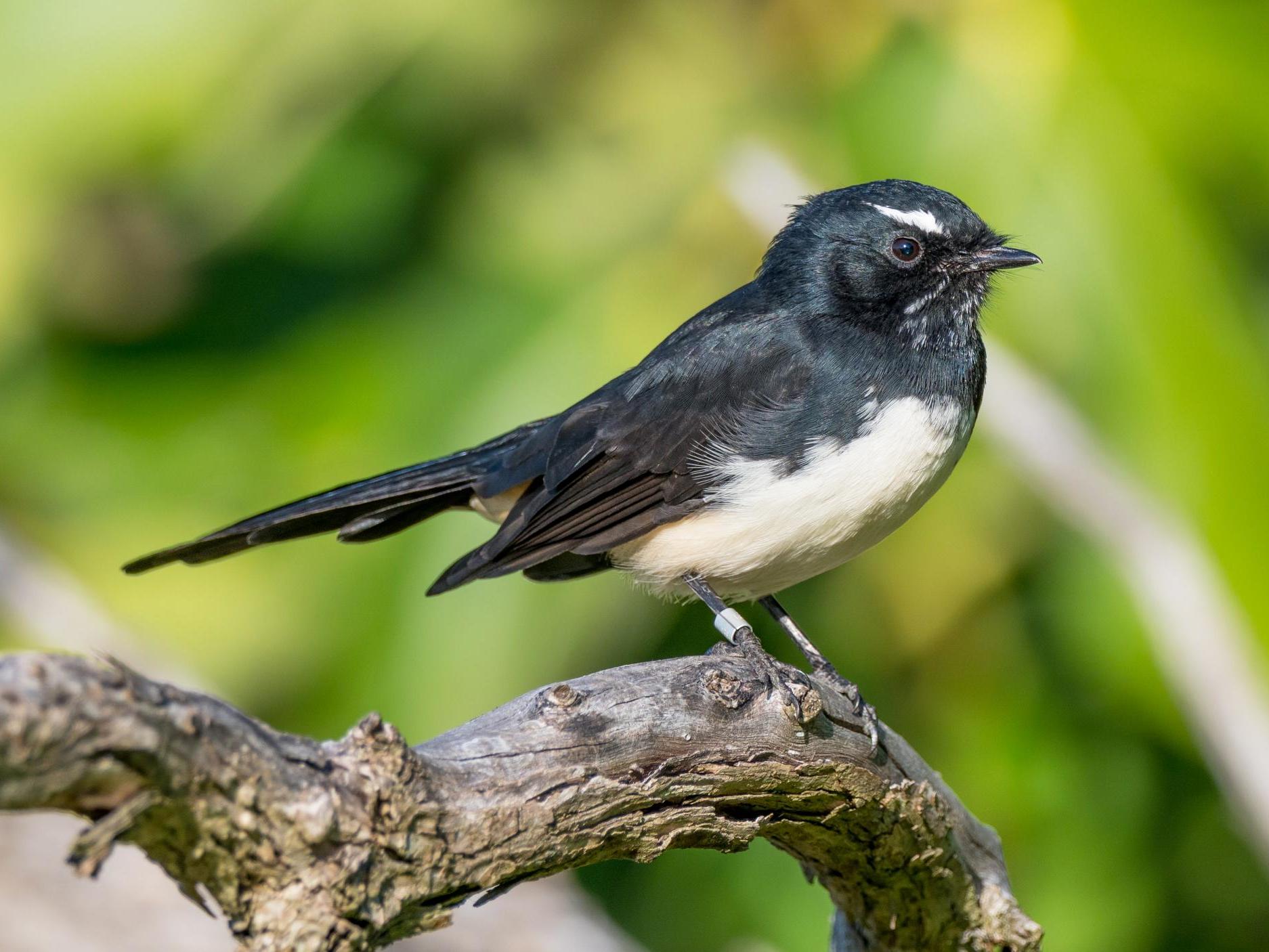
Corey takes me to Karawara. At every turn, the islanders greet me warmly. A man stops on the path and pulls out some betel nuts and lime powder from his bag, which I chew, turning my lips red. I’m invited to eat taro and freshly cooked fish stew and drink homebrew. The village is just 30 minutes walk from one end to the other but is so overflowing with life, generosity and community that I wonder how or why this place is slowly slipping away to western mores.
It’s clear the spirit of Engelhardt endures. One of the men shows me old photos of him – whom they call Tokelau or Mr Coconut – sitting on a chair looking into the camera with a haunted expression on his face. Apparently he was a good man but the customs – nudism and all – disconcerted them. Some called him a ghost.
The local legends and myths border on the fantastically insane but somehow seem believable here. Corey speaks of the magic men who went through extreme initiations, fasting for months, eating 20 or more ginger roots in a go, and other crazy acts of torture before they acquired magic powers. These men could become tiny and transport themselves to different places by stepping on rocks or were carried around by flying foxes. They had power over nature – asking the coconut tree to bend down and provide them with coconuts.
There are darker things too. Cannibalism. Corey’s grandmother, who died aged 115 last year, tasted human flesh. She told of how the tribe caught a man, tied him up, removed his eyes and turned his head around, then kept him by the fire still alive for three days while they collected sweet potatoes until finally throwing him in – a custom which has fortunately also slipped away.
At some point, I express an interest in fishing and lo and behold the next morning four boys rock up in their boat with spearguns and goggles and take me with them to the other side of the island to catch fish. The boat stops and sways as waves dash against the rocky face. I’m feeling a little grim but try not to show it. Wilson hands me my fishing tool – a homemade speargun that’s been whittled out of wood with a thick rubber band attached to it. I’m supposed to get in the water and load this with a spear before catching something.
“Don’t point it at anyone, it goes off easy,” he warns.
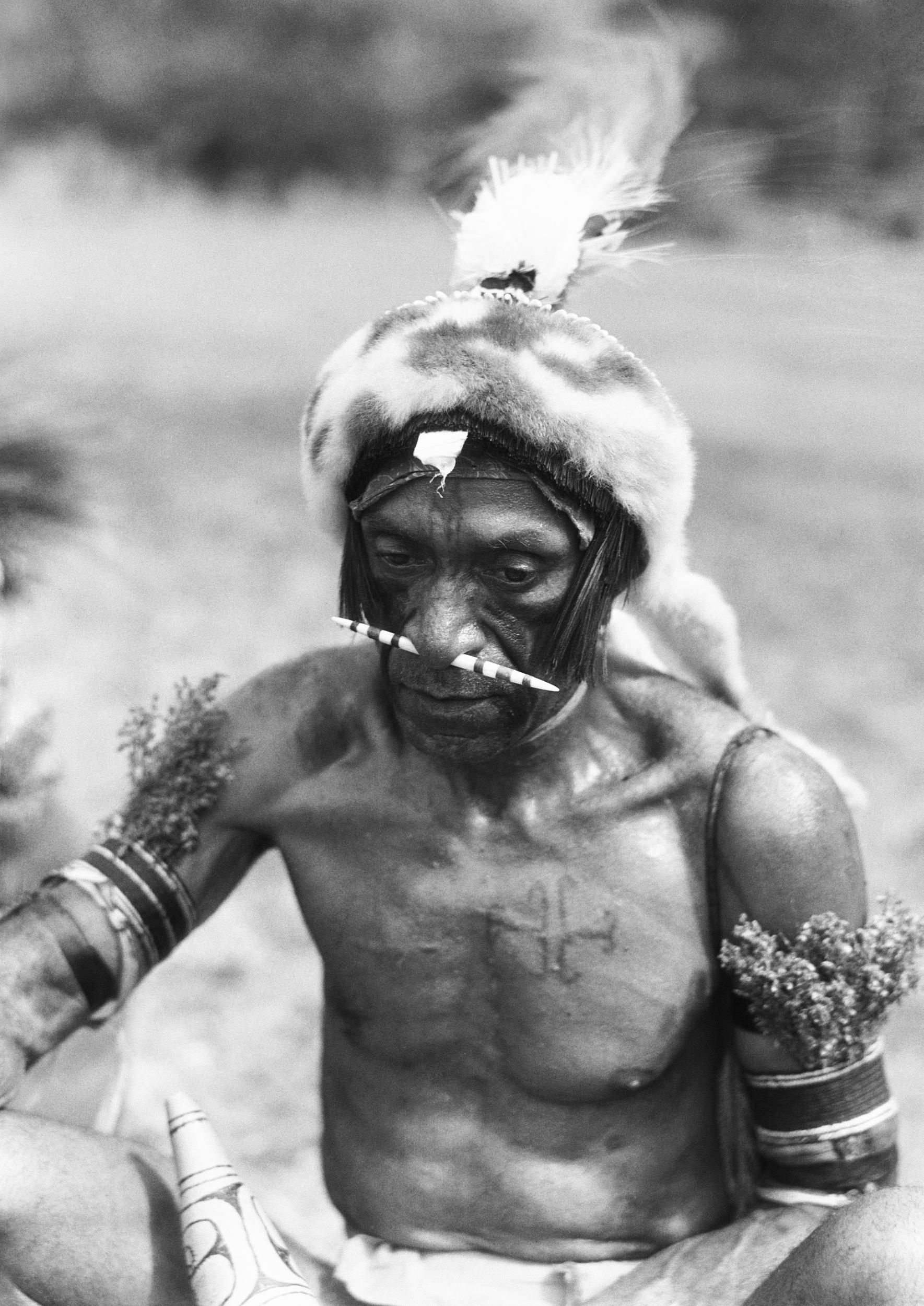
I’m not convinced by their chances, but the boys are specialists, diving with ease like they have since they were kids. I’m less effective but it’s exhilarating all the same. The coral is teeming with marine life yet to be diminished by overfishing. We return with a bucket of multicoloured tropical fish that we smoke over the fire and share. I doubt I’ve had fresher – straight from sea to coals to stomach.
On my last evening, I sit on the sand and watch villagers paddling back to their island, canoes loaded with crops. Songs echo out into the air as the light fades and the mountains in the distance get dimmer and dimmer and then… silence. Just the waves and the darkness and the stars, hundreds and thousands of them, glimmering in the sky.
It is a place of perfect peace.
The mornings have been a little overcast so far but the final day brings a cloudless blue sky. The sun is peeping over the distant mountains of New Ireland. I rush to the water and see it rising, shyly at first, then exploding into golden beams that illuminate the world. Augustus would have been happy. But there is a final twist to the tale.
While we are waiting for the boat to take us back to the mainland, one of the villagers – Vapot, a quiet one who speaks little English – tells Corey that two Germans came in 2002 and she and some of the other villagers went with them and dug up bones in the north of the island.
It was the same spot where Augustus planted his flowers. I’m frankly agog. But then again there’s nothing too fanciful about this strange, crazy, beautiful place that should surprise me. He was right here all along.

Getting there
The trip was organised through the PNG Tourism Authority. Air Niugini flies daily from Singapore to Port Moresby and has connecting flights to Rabaul. Kokopo Beach Bungalow arranges flexible itineraries for Kabakon island
Join our commenting forum
Join thought-provoking conversations, follow other Independent readers and see their replies
Comments
Bookmark popover
Removed from bookmarks